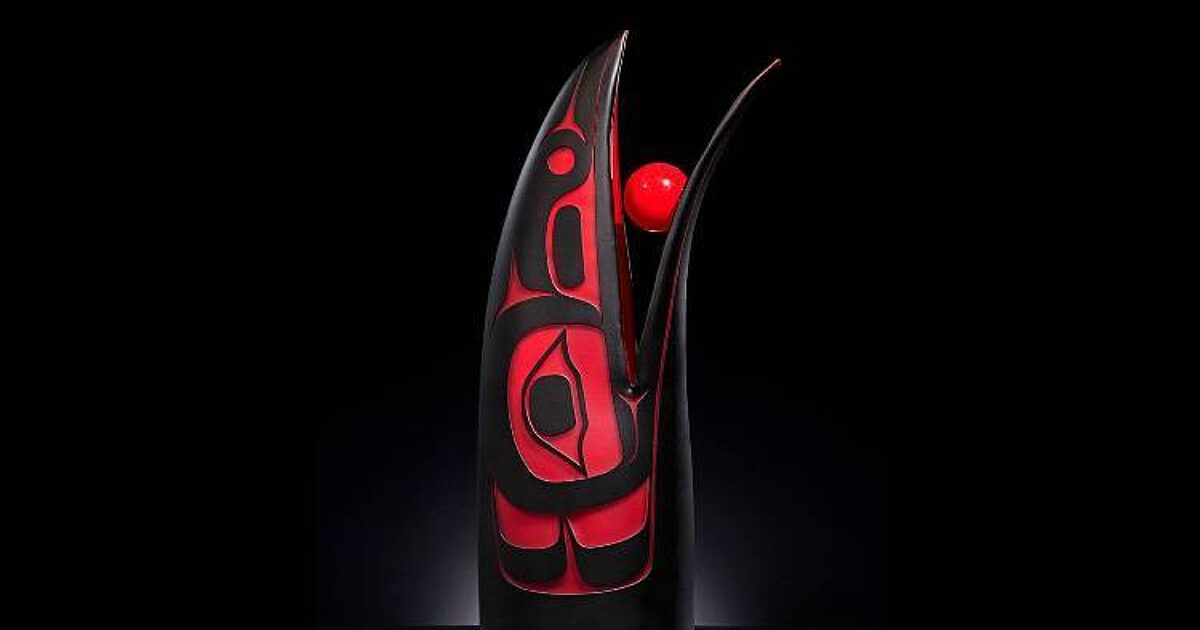Documentation of Renaud Jerez at Crèvecoeur, Paris, rive droite is featured on Contemporary Art Daily.
Source: Renaud Jerez at Crèvecoeur, Paris, rive droite | Contemporary Art Daily
Documentation of Renaud Jerez at Crèvecoeur, Paris, rive droite is featured on Contemporary Art Daily.
Source: Renaud Jerez at Crèvecoeur, Paris, rive droite | Contemporary Art Daily
Read two books this week. Both on just about thesame subject. The first Grunch of Giants, was. published in 1981 and is more for historical value, But Bucky got a lot of stuff right, although this book was not about solutions. He alludes to his previous book Critical Path (or https://archive.org/details/LIBRORBuckminsterFullerCriticalPath/page/n29/mode/2up) for those.

Examines the evolution of multinational corporations, from the military-industrial complex of the postwar period to the present world economic crisis, and evaluates the economic and political impact of such entities on the American and international economic systems
You can get this book at Amazon (Kindle) or as a free download at Archive .org
The other book is Cory Doctorow’s The Internet Con. which you can get at various places:
The platforms locked us into their systems and made us easy pickings, ripe for extraction. Twitter, Facebook and other Big Tech platforms hard to leave by design. They hold hostage the people we love, the communities that matter to us, the audiences and customers we rely on. The impossibility of staying connected to these people after you delete your account has nothing to do with technological limitations: it’s a business strategy in service to commodifying your personal life and relationships.
We can – we must – dismantle the tech platforms. In The Internet Con, Cory Doctorow explains how to seize the means of computation, by forcing Silicon Valley to do the thing it fears most: interoperate. Interoperability will tear down the walls between technologies, allowing users leave platforms, remix their media, and reconfigure their devices without corporate permission.
Interoperability is the only route to the rapid and enduring annihilation of the platforms. The Internet Con is the disassembly manual we need to take back our internet.
Even direct from Cory himself: https://craphound.com/shop/
Cory has more of a solution to the problem than Fuller, which at this is more historical than something you could use in this era,and the book is highly recommended.
I’ve given you links to 2 versions of the books that you can get as EPubs. Some of you may not know how to read these on a kindle. Well it’s fairly easy, here’s the page on Amazon that explains it. https://www.amazon.com/gp/sendtokindle/
That’s it for me this week. Don’t forget to put pants on when you go outside.

My work with glass transforms the notion that Native artists are only best when traditional materials are used. It has helped advocate on the behalf of…
Source: Home | Preston Singletary

Despite the company’s explosive growth, Mr. Moore fended off numerous offers by food giants to buy Bob’s Red Mill. He opted instead for an employee stock ownership plan, instituted in 2010, on his 81st birthday; by April 2020, the plan had put 100 percent of the company in the hands of its more than 700 employees.“The Bible says to do unto others as you would have them do unto you,” Mr. Moore, an observant Christian, said in discussing the plan in a recent interview with Portland Monthly magazine.
Source: Bob Moore, Who Founded Bob’s Red Mill, Is Dead at 94 – The New York Times
If that doesn’t work try this link: https://archive.li/Xpkgo
Tattoo artist, painter, and sculptor Fred Laverne has a dark surrealist sensibility, blending in odes to pop culture and pulp tropes into his work. The artist resides in Menton, France, and has garnered a reputation in both tattooing and fine arts, practices he keeps in parallel.
Source: The Dark Surrealist Paintings of Fred Laverne – Hi-Fructose Magazine
Olivas: I would say, help me carry forward the message about what the suit is. As much as this machine is to keep the human being alive in the space — like solo spacecraft — it’s the contributions that make it right. It’s all those engineers who go through kind of an anonymous perspective in their entire career, and you’re never really knowing what they do. But it just happens because of a human being behind it. That team, I’m part of today, and I want to make sure that that becomes clear.
Source: Juxtapoz Magazine – Camille Rose Garcia’s Life Work Is “The Polyphonic Fortress”
There is an unmistakable escapism at work here, perhaps the one unifying theme throughout Garcia’s work. The landscapes become psychedelic escape portals where the paintings themselves transform into magical objects capable of psychic transport. In this way they differ from the earlier work that narrated the means for escape. These paintings no longer narrate escape, as much as they embody it.
The “Polyphonic Fortress” is a shimmering, ethereal love letter to the landscapes of California, from the smallest of her inhabitants and the world within them, to the greater Universes beyond. It is a record of the artist’s dreams, a spell to cure time, and a magic fort of blankets to keep the crystalline perfection of nature, protected and unchanged.
Rising from the plush motifs of woven rugs, the wildlife that emerge from Debbie Lawson’s Kent studio are camouflaged by domesticity.
Source: Debbie Lawson Tames the Wild by Cloaking Life-Sized Animals in Ornate Rugs — Colossal
Born 1954, South Carolina. Melvin “Milky” Way is an Outsider Artist whose work occupies the uncharted border between art and science. Born in South Carolina in 1954, Way came to New York City in the 1970s to attend a technical school, earning a certificate to operate a power press. He played bass in local bands, and recorded a solo album with Encounter Records, which folded before the album could be released. Soon after, Way was diagnosed with schizophrenia, and following a string of unsuccessful relationships, became homeless. By 1989 Way was residing in the shelter run by Hospital Audiences International, a nonprofit organization offering art workshops to people with disabilities. Lower East Side artist Andrew Castrucci, a volunteer workshop leader at the time, encouraged Way to make art, and acted as his advocate during subsequent years. Way soon began to produce small, exquisite ballpoint-pen and ink drawings on found paper. Despite the very straightforward of his chosen genre, Way’s drawings are strikingly complex. Rich hybrids of scrawled text, mathematical equations, astronomical shorthand, chemical formulae, and alchemical punning, each work is marked by the artist’s signature, thrillingly dense sensibility. Way engages both the eye and the mind, drawing viewers into exquisite mysteries that may never be solved.- Jenifer P. Borum